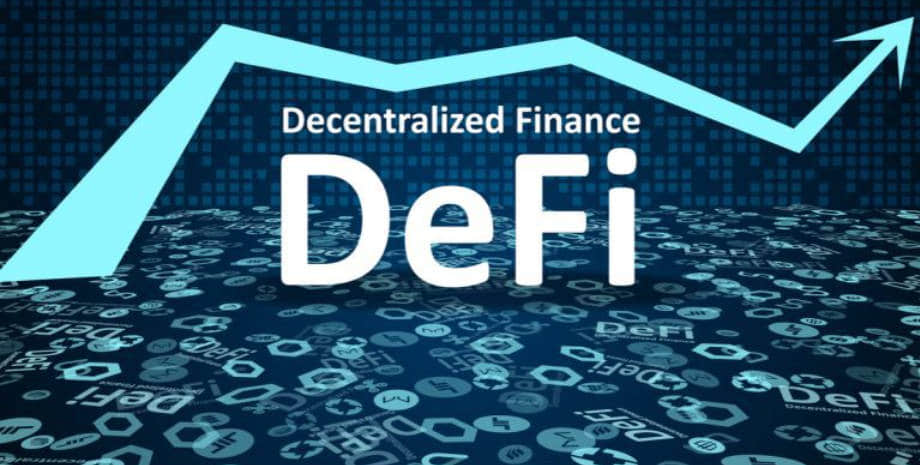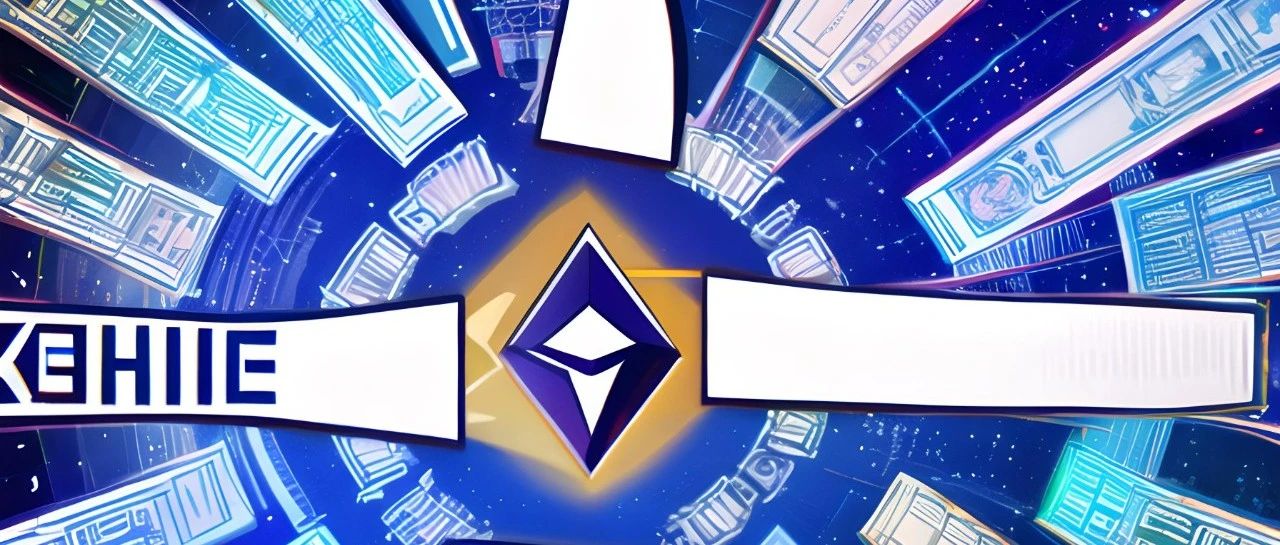LianGuai Encyclopedia | What is Composability in DeFi?
LianGuai Encyclopedia | Understanding the Concept of Composability in Decentralized Finance (DeFi)Author: Jagjit Singh, Cointelegraph; Translation: Songxue, LianGuai
1. The Importance of Composability in the DeFi Ecosystem
Composability acts as a catalyst for growth, driving the continuous development and expansion of decentralized finance.
In decentralized finance (DeFi), composability refers to the ability of various applications and protocols to seamlessly communicate with each other, allowing their building blocks to be combined and integrated to create new functionalities or financial services. This interoperability is similar to Lego blocks, where different protocols can be assembled and flexibly combined.
The importance of composability in the DeFi ecosystem lies in stimulating innovation by allowing developers to quickly create innovative financial products using pre-existing protocols. This agility promotes innovation and development in DeFi, creating a dynamic service environment.
- The enthusiasm of inscription has given birth to the BTC L2 narrative. What other projects have yet to be discovered in terms of value?
- Artificial Intelligence in DeFi
- Jellyverse: Building a Financial World of Jellylicious Delights 💰🍬
Composability also improves efficiency and liquidity by enhancing the utility of assets across multiple applications. It makes the ecosystem more open and accessible by reducing the barriers to entry for users and developers.
2. Components of Composability in DeFi
Composability in DeFi is composed of several essential components that form the pillars of its interoperability and modularity. These include smart contracts, interoperability and token standards, lending protocols, APIs, and SDKs.
Smart contracts, which are self-executing code on the blockchain, form the foundation of many DeFi applications. The interaction between these contracts constitutes the base layer of composability.
Interoperability and token standards are also fundamental building blocks of composability in DeFi. Standards such as ERC-20 and ERC-721 ensure the compatibility and interoperability of tokens and protocols, allowing tokens from different projects to be exchanged within the DeFi ecosystem.
Lending protocols are another important component of composability in DeFi. These protocols, such as lending platforms and decentralized exchanges, enable users to lend, borrow, or swap assets. The composability of these protocols allows for the creation of functionalities such as yield farming, flash loans, and complex trading strategies.
In DeFi, application programming interfaces (APIs) and software development kits (SDKs) are crucial for facilitating interoperability and accelerating ecosystem innovation. Software systems connect through APIs to enable smooth communication. They make integrating different protocols easier by standardizing access to various functionalities.
In addition, SDKs simplify the work of developers by providing pre-built tools and resources, making software integration and creation easier. These kits provide basic modules such as wallet integration and smart contract interactions.
The synergy between these components allows for the combination and stacking of protocols to generate innovative financial products and services. This modular design promotes continuous innovation and expands the practicality and efficiency of the DeFi space by seamlessly integrating different applications and functionalities.
3. Composability vs Interoperability
Composability and interoperability are both key concepts in DeFi, but they have different focuses and meanings.
As mentioned earlier, composability describes the ability for various smart contracts or protocols to seamlessly interact and connect, acting as building blocks that can be combined to create new functionalities.
On the other hand, interoperability refers to the ability of different systems or networks to collaborate and share data or resources. Interoperability is the broader compatibility and interchangeability between different systems or networks, while composability deals with the flexibility and combination of elements within a system.

Composability vs Interoperability

4. Types of Composability in DeFi
Composability in the context of software systems, including DeFi, can be classified into three basic forms: morphological, atomic, and syntactic composability.
Morphological Composability
This refers to the ability of components or modules to be connected together to form a more robust structure while preserving their unique characteristics or functionalities. In the context of DeFi, this may require integrating different protocols or smart contracts while maintaining their distinct features, enabling them to communicate and operate independently within a wider system.
Atomic Composability
The ability for individual components or modules to operate freely and independently is called atomic composability. In DeFi, each protocol or smart contract can function as a separate entity, providing specific services or functionalities that can be used independently or combined with other protocols without compromising their integrity.
Syntactic Composability
The compatibility and interoperability of components based on their interfaces or communication methods are the primary focus of syntactic composability. Through adhering to standardized interfaces or communication protocols, syntactic composability in DeFi ensures that various protocols or modules can communicate with each other and exchange information or functionalities.
5. Composability in Traditional Finance vs DeFi
Compared to the inflexible and fragmented structure of traditional finance, the composability of decentralized finance (characterized by decentralized and interconnected protocols) makes the financial landscape more flexible, inclusive, and rapidly evolving.
Centralized structures and closed systems limit the composability of traditional finance. Financial institutions have limited interoperability and operate independently. Typically, the range of goods or services offered by each institution is limited, making integration or interaction challenging. Innovation is slow because it requires intermediaries, proprietary systems, and strict regulations.
On the other hand, the vibrant development of DeFi relies on composability. It supports a permissionless open-source ecosystem with modular and interoperable protocols. Smart contracts serve as building blocks to enable smooth communication between different protocols and software.
Developers can remix and combine these protocols to quickly generate innovative financial services. This unconstrained environment encourages innovation through liquidity mining techniques, stacking multiple protocols, and decentralized transactions without intermediaries.
For example, protocol A, which provides lending services, can work in harmony with protocol B, which facilitates decentralized transactions, in DeFi. Users can gain compounded returns by depositing assets into protocol A and using them in protocol B.
Due to this interoperability, users can combine various protocols to create complex financial strategies at a faster pace of innovation. This seamless integration forms the basis of DeFi composability, providing flexibility and efficiency that traditional finance struggles to match.
In contrast, when borrowing assets from a bank, the compounding advantage is limited as they cannot be easily used in securities exchanges. The fragmentation nature of traditional financial services restricts their composability potential compared to DeFi’s interconnected nature, limiting innovation and flexibility.
Six Benefits of DeFi Composability
DeFi composability drives innovation, liquidity, inclusivity, and user experience, promoting the development of decentralized finance.
The primary benefit of composability is its ability to facilitate rapid invention. It allows developers to combine existing protocols as modular building blocks, accelerating the development of new complex financial products and services. This flexibility fosters experimentation and development within the DeFi space by creating a dynamic landscape.
Composability also enhances efficiency and liquidity by optimizing the utilization of assets across various applications. Idle assets are minimized, improving overall market efficiency. It also lowers the barriers to entry for users and developers, encouraging inclusivity and ecosystem participation.
By providing a multitude of interconnected services and applications under one roof, this interconnectivity enhances user experience, ultimately driving the growth and development of decentralized finance.
Seven Challenges and Risks Associated with DeFi Composability
DeFi composability brings security vulnerabilities, reliance risks, regulatory uncertainty, and potential system failures, thus requiring strict security measures and regulatory frameworks to achieve sustainable growth.
Security flaws resulting from protocol interconnectivity are one of the major concerns. Interactions between protocols or smart contracts can create complex attack surfaces, exposing weaknesses in the entire ecosystem.
Reliance risks also include failures or damages to underlying protocols, which can trigger chain reactions affecting other protocols and user funds. Due to the dynamic nature of DeFi, regulatory and compliance issues may pose legal obstacles.
In addition, the speed of innovation facilitated by composability may lead to hastily integrated systems or protocols that have not been thoroughly tested, increasing the likelihood of errors, vulnerabilities, or system failures.
Powerful security protocols, comprehensive audits, standardized measures, and constantly evolving regulatory frameworks are needed to address the aforementioned issues and ensure the safety and long-term growth of the DeFi ecosystem.
We will continue to update Blocking; if you have any questions or suggestions, please contact us!
Was this article helpful?
93 out of 132 found this helpful
Related articles
- Jellyverse: Funding the DeFi 3.0 Revolution
- Osmosis and UX Chain Take the Plunge Merging Forces to Unleash a Cosmic DeFi Hub!
- Merge of Umee and Osmosis: A Cosmic DeFi Love Story
- The Cinematic Creation of Uniswap: A Tale of Triumph and Controversy
- Bitcoin soars, what new ecological targets are worth paying attention to
- News Weekly | Initial Signs of Recovery in the DeFi and NFT Markets, Charlie Munger Passes Away
- KyberSwap hacker demands control while Aussie DeFi tax rules deemed ‘non-binding’, says law firm Finance Redefined






